Wandering or Lost? Lauren Elkin's Flâneuse
Photo by Madeline Baker.
In Flâneuse: Women Walk the City in Paris, New York, Tokyo, Venice, and London, Lauren Elkin proposes to re-examine, reclaim, and otherwise revise the male trope of flȃneur. Traditionally, the flȃneur was a French – chiefly Parisian concept: the well-dressed man of no profession who would wander and wonder around the city, taking things in and contemplating them. A uniquely privileged occupation, the existence of the flâneur presumes political and economic stability and their rise is linked inextricably with the rise of consumerism, luxury department stores and shopping arcades.
Elkins’s work is a set of essays combining her experiences of walking in her eponymous cities with historical and literary or artistic figures such as George Sand, Jean Rhys, Sophie Calle and Agnés Varda.
Being something of a flȃneur by nature (and I prefer to take the masculine noun, donning a day-coat and swagger), I have drifted and ‘flanned’ – as my friend and I christened the duller, British version of the pastime – my way through many cities. Put me down anywhere and I will find you the curio shops, the docks, the cathedral quarter, and the interesting café, but I am also fascinated by motorway flyovers, newsagent kiosks of every kind, and overground railways. I’ve never been able to drive, so I tend to experience the world at a pedestrian pace.
I’d hoped this book to be a worldly and eclectic walk to places I’d never been, but though highly readable and superbly referenced (the bibliography would keep you occupied for a year) I found it oddly inward-looking and a little on the slight side.
❉
Arcady
The key work on the concept of flȃneur is the Arcades Project by Walter Benjamin. A miscellany, collaged and intricately made work which was unfinished at the time of his death, it re-creates the cultural milieu of the flȃneur, and the experience of reading it is akin to walking through a dazzling network of arcades. As a work of 20th century art, it is as unfinished and monumental as the Cantos by Ezra Pound. I had expected Elkin’s work to refer to it or engage in a conversation around it, but the book is conspicuous by its absence and I rather missed it in the skyline of these essays.
Instead Lauren Elkin opens with some discussion of what it means to be female in a city, the instability of public space and the male gaze and takes us through some fascinating historical versions of cities as seen by women; the 1830 revolution witnessed by George Sand particularly stood out for me.
There are also essays in the first person: her first-hand experiences in the different cities are narrated, and Elkin takes the reader with her through the different streets and neighbourhoods. I found these essays to be enjoyable, but the tone felt at odds with the historical sections of the book, and I felt these drifted at times. I had also hoped to hear how digital technology (the book was published in 2016) changed the experience of being in a city, as it alters the ways in which we experience time and space. To my mind, finding the best route, the best ‘experience’ the best anything is the antithesis of flanning, but it is an essential part of our world now, and I thought it was disappointing not to find this engaged with at all.
❉
Identity politics and observations
Cities are places where identities and politics intertwine, where whole rights movements are born of people coming together in bars, in clubs, and in cafes. So it should feel natural for Flâneur to take female identity to the streets, to experience a city as a female flâneur would, with all the benefit of our modern hard-won right to walk safe and unaccompanied.
For me, however, the combination did not ring true. The historical figures and first-hand experience do not sit easily side by side, and the pauses to appreciate their occasional synchronicity can feel stiff. Flâneur is highly educated and wears its learning lightly, which is hard to do. Lauren Elkin’s life is a global and interesting one and yet despite reading it twice, I remain unconvinced by the superimposition of feminism with the flâneur.
As a woman I have mixed feelings toward identity politics. At best, it gives a cross-section of society a voice. At worst, it undermines the basis of political and societal consensus and sense of citizenship. The women in these pages are adrift in a male world, they have to make their way alone, or work alone. Typically, as Elkin explains, their romantic lives dominate. Gestures of rebellion such as being out alone seem touchingly small when placed next to the easy roving of men.
That said, the last essay about Agnes Varda was the most powerful of the collection. The content, theme, and treatment of the subject all worked together, the female gaze of the filmmaker occupying the space of the male flȃneur, and Elkin’s exposition of the film Cleo from 5 to 7 was one of the strongest sections.
❉
Boys Watching Girls Go By
The epilogue and introduction of Flâneur use photographs of women in cities. Elkin uses these to illustrate the duality of confidence and uncertainty that she feels the women present, along with the ubiquitous male gaze. These passages were very persuasive, and I would have liked to learn more of the female photographers she mentions in the first few pages. A camera or photograph embodies so many of the contradictions of seeing/being seen that it offers an excellent way in to discussing the flâneur, and it would be interesting to read more on this.
Street photography during the turn and span of the 20th century would offer a greater depth and breadth of subjects – were the prostitutes photographed by Atget ever flâneuses? What about the street performers Doisneu photographed in the 50s, or the women looking for food in shop after shop during WWII?
❉
Retail Therapy
This brings me to another essential characteristic of the flȃneur. Money. The flâneur has it. He may not spend it, but it is there in his clothes, his connections and, crucially, his time. The rise of the flȃneur was also the rise of manufactured goods, urban leisure, and consumer society in Paris.
Money, the ability to buy your time, is an inherent property of the flȃneur. The existence of the boulevardier depended on the conversion of working or industrial sites into retail spaces (which are also essentially privatised spaces – your time there is usually spent contemplating a purchase) by Baron Haussman. Elkin’s book does not address this, or not directly. Women on the street are famously there earning their living, but the interplay of this and the fact that department stores gave 19th century women a safe space to visit and socialise out of the house is not mentioned. The Zola novel Au Bonheur des Dames shows that these spaces were built with women shoppers in mind, but the working practices were exploitative. How does this change the status of a female flâneuse? Shopping trivialises women in popular culture, and yet it is seen as an enhancement of men’s taste and discernment. Elkin does not pick this up, and money goes largely unmentioned.
The chapter on Tokyo occurs because of her partner’s salary (he works as banker) and the freedom it buys, or fails to buy for Elkin is poignant. She acknowledges the fact that her experience of the city is only made possible by his money. However, this is not fully explored, and the economic question is secondary to Elkin’s homesickness in this chapter, which is moving and vividly portrayed – anyone who has felt themselves out of place and time will recognise their experience here.
Overall, Flâneuse is an interesting and fresh perspective on quite a niche idea, but it leaves many interesting and relevant links to modernity unexplored, while its historical figures remain a little too oblique to offer a lineage of female flâneurs.
Madeline Baker is a trainee solicitor living in Exeter, in South West England. She studied English Literature as her BA before moving into law. She spends much of her time trying to come to grips with full time training for the legal profession, drinking coffee, and trying to cram music and poetry into the remaining hours in the day.

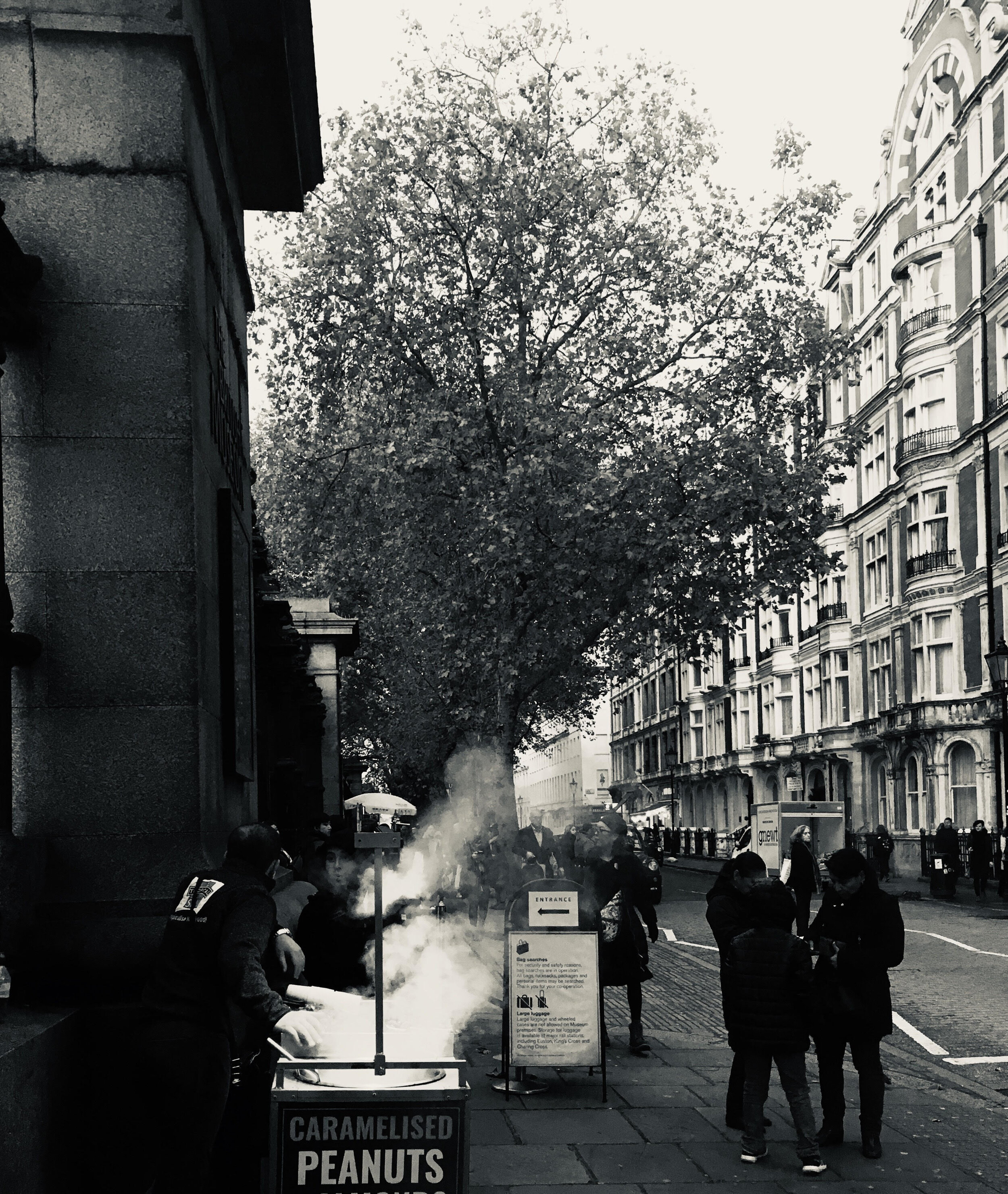



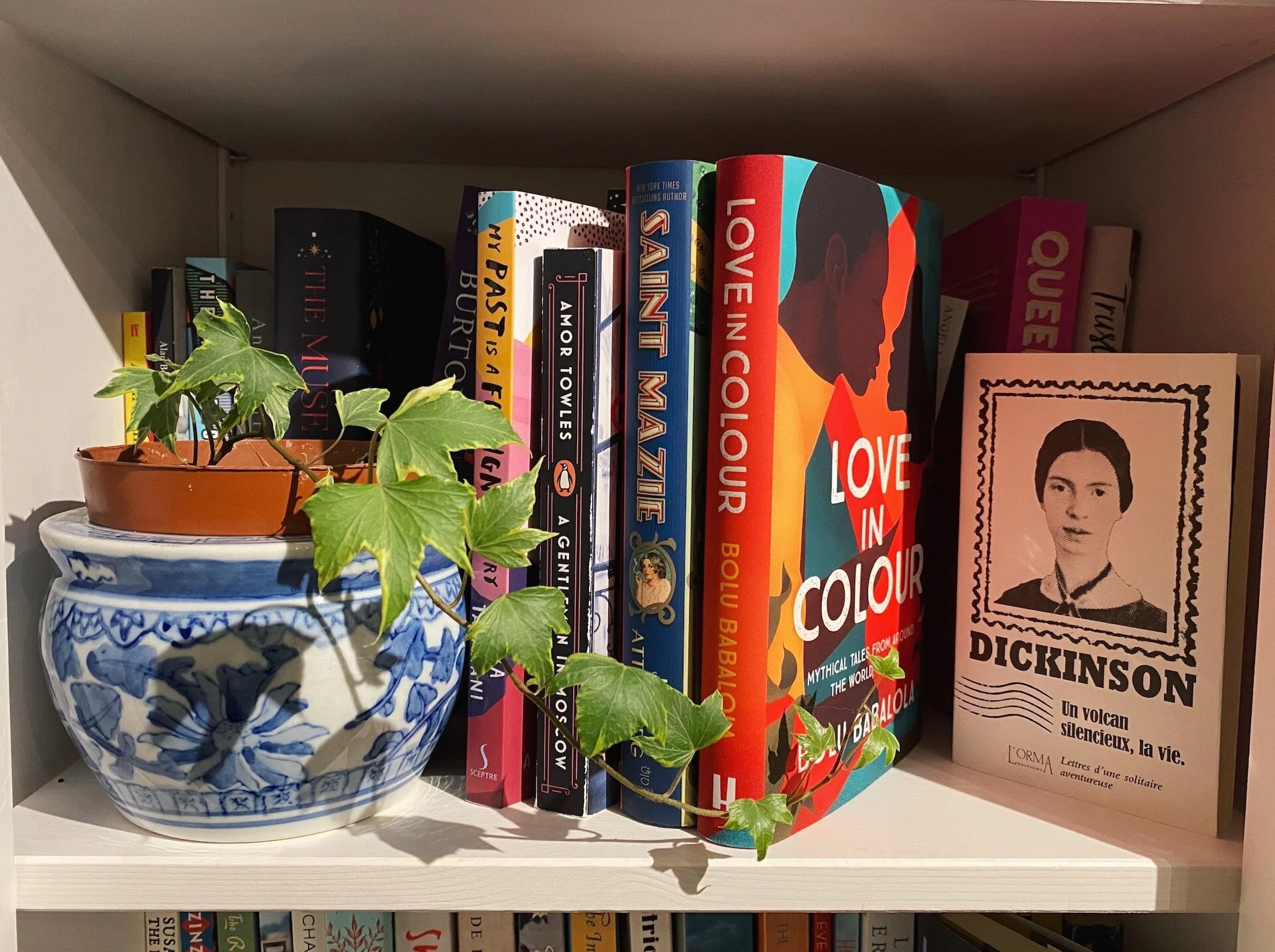
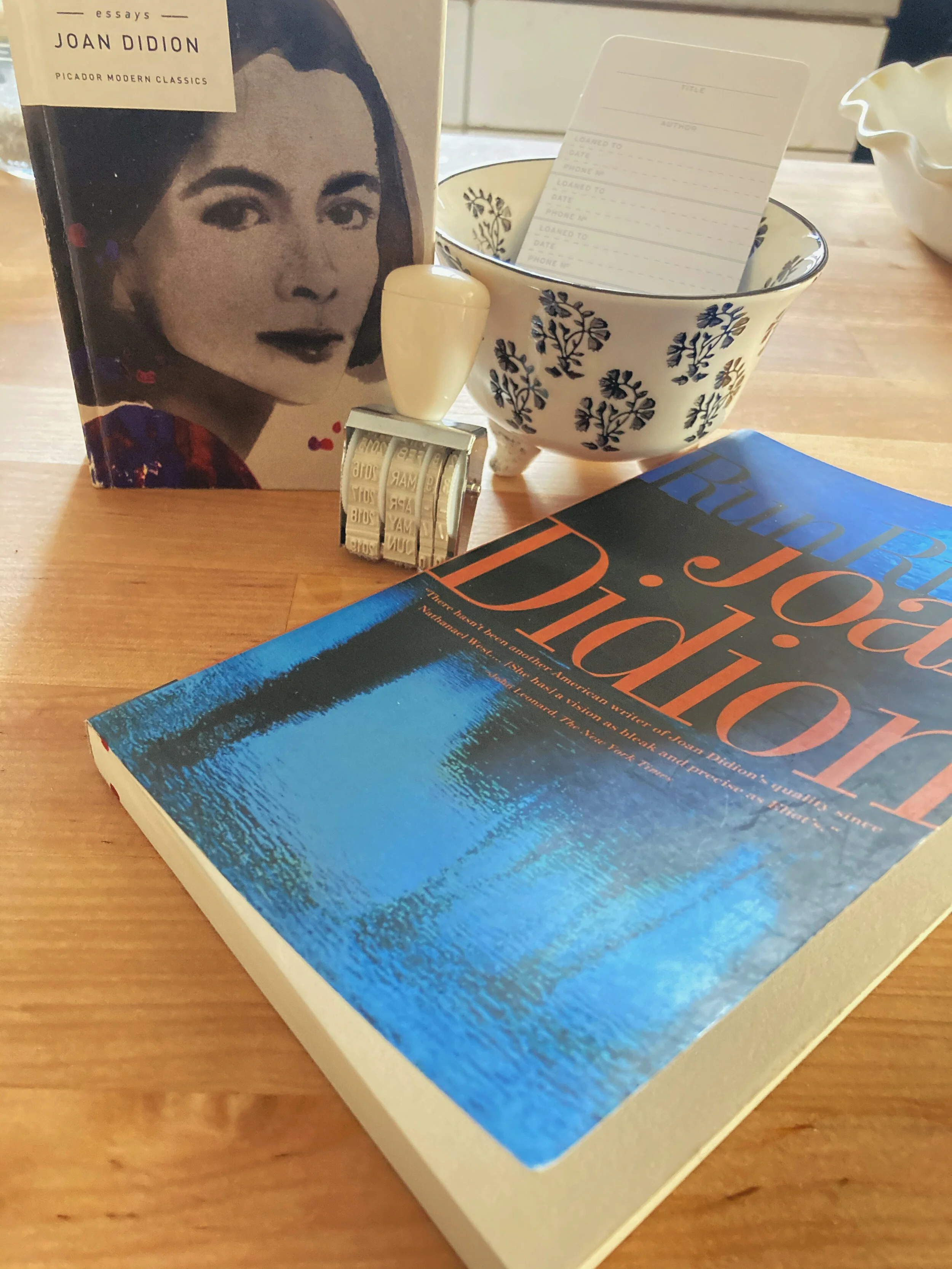
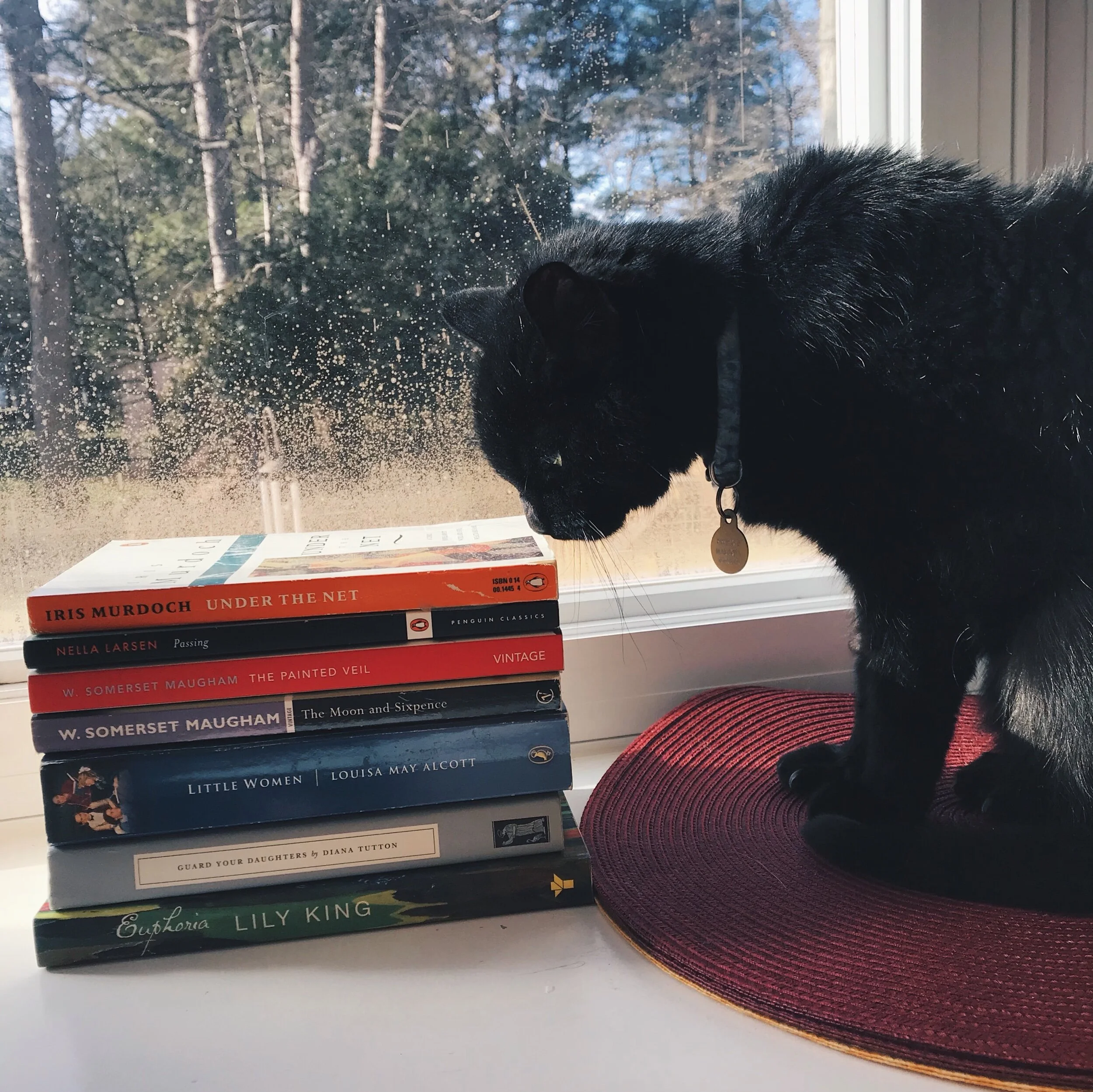


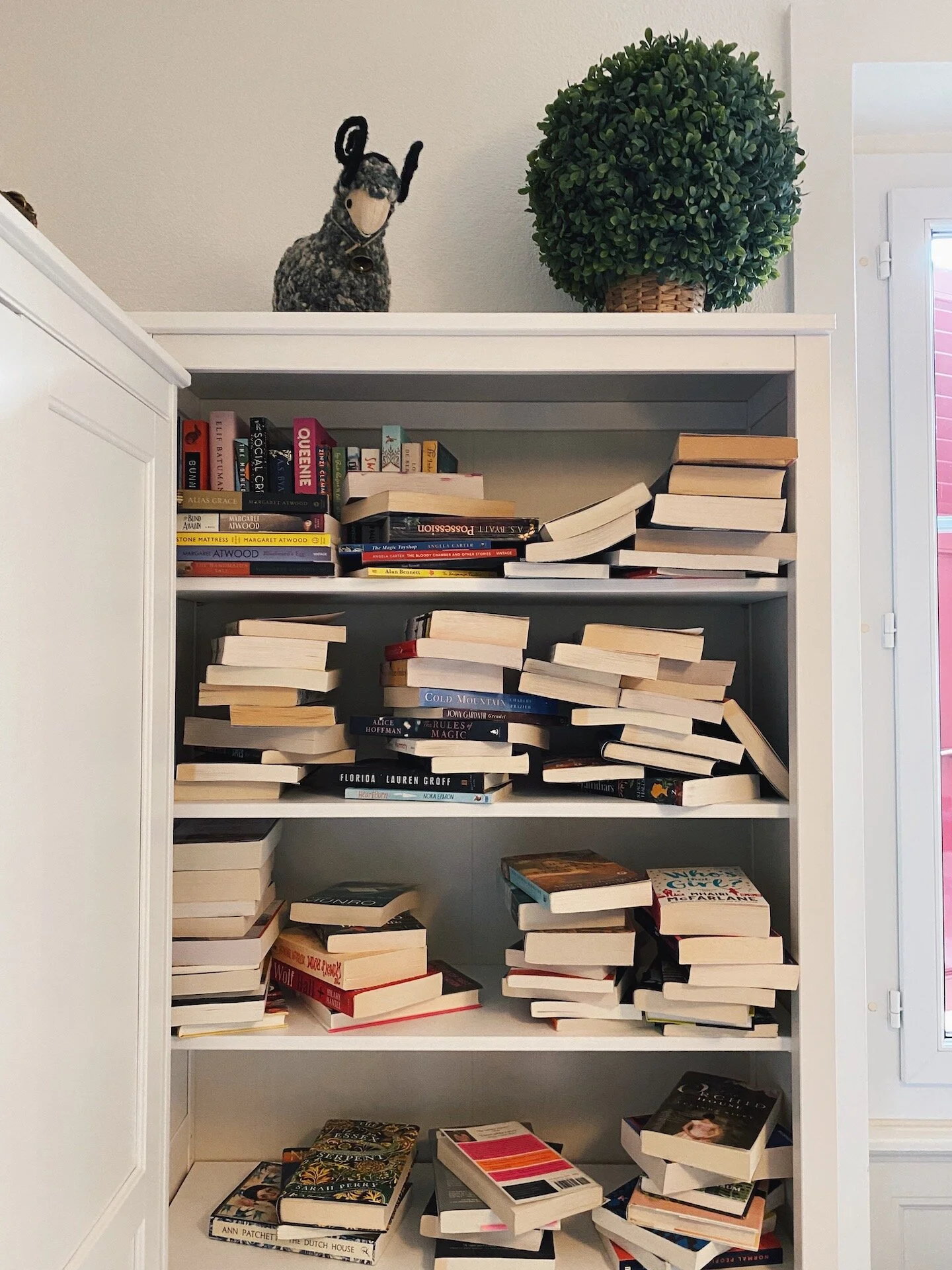
Reading Naoise Dolan’s Exciting Times and Katie Kitamura’s Intimacies, Rachel Tay explores the unease of moving away from one’s own country and language.